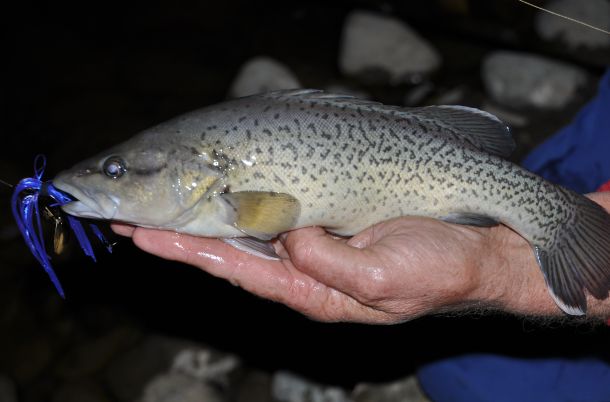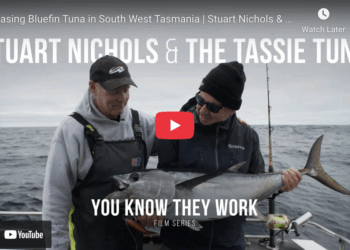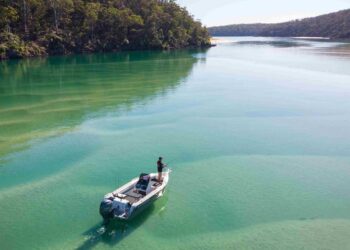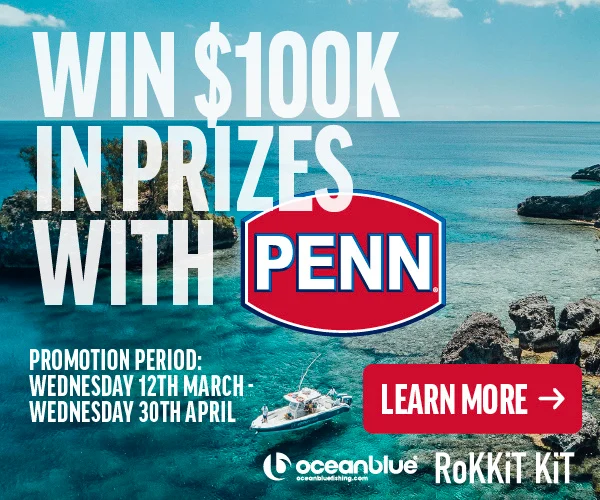AN environmental report into the potential impact of the building of a pipeline on the Macquarie River in western NSW has been criticised by fish experts.
The Central Western Daily has reported the conclusion that the $47 million project – which would provide a backup water supply to the Orange township – would have an insignificant impact on the river’s aquatic habitat and fish population has been rejected by freshwater fish ecologist Dr John Harris and freshwater fish icthyologist Dr Nathan Myles.
Dr Harris independently assessed the EA by not-for-profit legal centre the Environmental Defender’s Office, while Dr Miles volunteered to review the assessment after becoming aware of the pipeline project.
Dr Harris said the EA’s ecology study did not come anywhere near meeting the requirements for such a major project.
“The interpretation of how the proposal would affect the ecology in the lower river is my major concern,” he said. “I know the area well and having frequented that part of the river, I’m sure there’s a serious risk of major environmental damage in lower reaches of the river from the offtake point right through to where the river ends.”
Dr Harris said further flow reductions during low flow periods were likely to raise water temperatures and reduce dissolved oxygen, favouring noxious alien fish species like carp and parasites.
The damage would interfere with the reproductive and migration cycles of native fish and increase predator pressures.
Both scientists believe the fish numbers in the area of the proposed pipeline were underestimated by the EA with inadequate methods used to sample the fish habitat.
“It is disingenuous for the proposal to suggest that threatened species might “potentially occur” in the proposed extraction area,” Dr Harris said.
“There are reliable records that trout cod, Murray cod, silver perch and freshwater catfish do in fact live in the river in this area.
“Some are hanging right on the edge of existence.”
Dr Miles said landowners and anglers had reported substantial numbers of native fish in the area of the pump site, backed by data from the Bundi Fishing Club.
Dr Harris rejected suggestions the water supply of 38,000 people should be considered above the impact on fish, saying a better water supply solution should be found.
“That kind of rubbish has got us into the problems in the first place,” he said.
Dr Miles said the aquatic surveys in the the four-volume EA were “too brief” and were not indicative of the seasonal fish population changes, adding many of the fish at the pipeline site, although small, were an important part of the food chain.



















